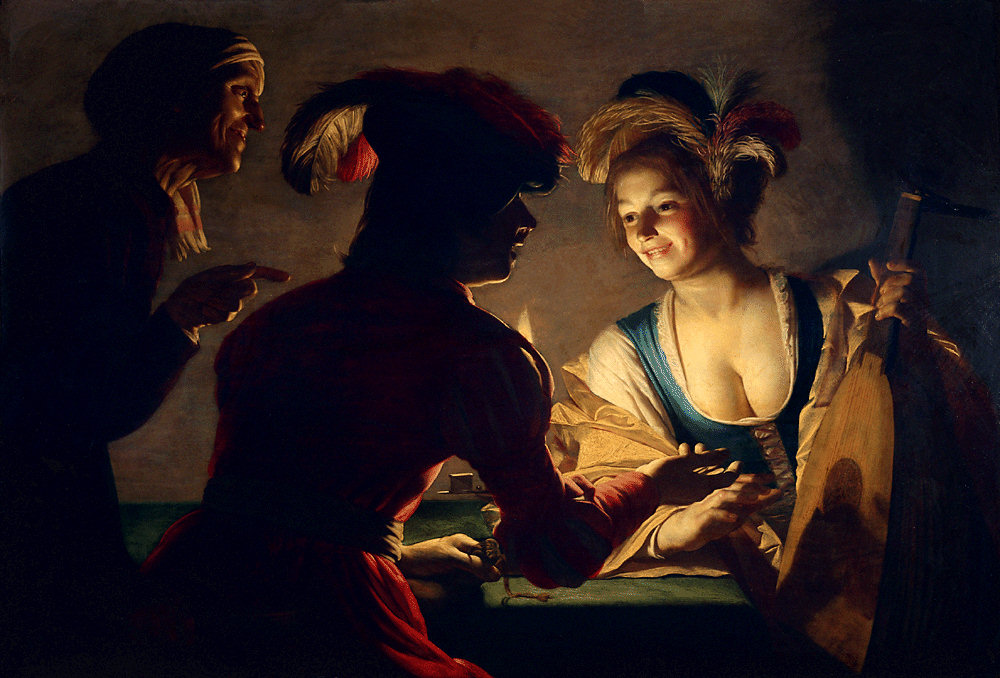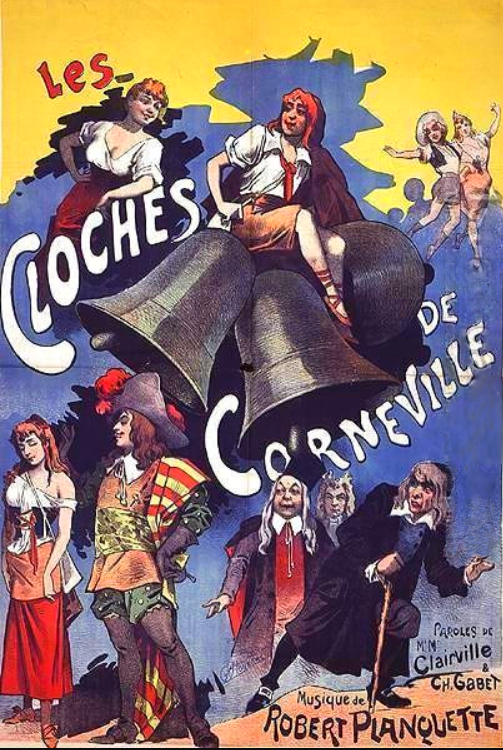|
Keto And Kote
''Keto and Kote'' ( ka, ქეთო და კოტე, ''Keto da kote'') is a comic opera in three acts, by the Georgians, Georgian composer Victor Dolidze (composer), Victor Dolidze who also wrote the libretto based on Avksenty Tsagareli's 19th-century romantic Comedy (drama), comedy ''Khanuma''. Considered the first Georgian comic opera, ''Keto and Kote'' premiered in Tiflis, Georgian Democratic Republic on December 11, 1919.Tbilisi Opera and Ballet Theatre (2007) It has been described by the ''Opera (British magazine), Opera'' magazine as "very much like a zarzuela in style with elements of ''commedia dell'arte''". The story revolves around the young lovers Keto, the daughter of a wealthy merchant, and Kote, nephew of the impoverished Prince Levan. In order to marry, the couple must overcome several obstacles, including the machinations of two rival Matchmaking, matchmakers, one of whom is determined to arrange a marriage between Kote's uncle Levan and Keto. An immediate ... [...More Info...] [...Related Items...] OR: [Wikipedia] [Google] [Baidu] |
Victor Dolidze (composer)
Victor Isidores dze Dolidze ( Georgian: ვიქტორ ისიდორეს ძე დოლიძე, 30 July 1890 – 24 May 1933) was a Georgian classical composer. Practically unknown in the West, in his home country Dolidze is best remembered for his opera Keto and Kote, which premiered in 1919 during the First Republic. The composition, which remains popular to this day, follows thstory of forbidden lovebetween an impoverished prince and a wealthy commoner's daughter. Biography Victor Dolidze was born on 30 July 1890 in the city of Ozurgeti, Kutais Governorate, in what is now Georgia, then part of the Russian Empire. He came from a poor peasant family.Большая советская энциклопедия. Гл. ред. Б. А. Введенский, 2-е изд. Т. 15. Докеры — Железняков. 1952. 652 стр., илл.; 60 л. илл. и карт. In 1902 Dolidze's family moved to Tiflis, where entered a commercial school. In 1910, he ... [...More Info...] [...Related Items...] OR: [Wikipedia] [Google] [Baidu] |
Commedia Dell'arte
Commedia dell'arte was an early form of professional theatre, originating from Theatre of Italy, Italian theatre, that was popular throughout Europe between the 16th and 18th centuries. It was formerly called Italian comedy in English and is also known as , , and . Characterized by Theatre mask, masked "types", was responsible for the rise of actresses such as Isabella Andreini and Improvisational theatre, improvised performances based on Sketch comedy, sketches or scenarios. A , such as ''The Tooth Puller'', contains both scripted and improvised portions; key plot points and characters' entrances and exits are scripted, but the actors may otherwise be expected to improvise new gags on stage. A special characteristic of is the , a joke or "something foolish or witty", usually well known to the performers and to some extent a scripted routine. Another characteristic of is Mime artist, pantomime, which is mostly used by the character Harlequin, Arlecchino, now better known as H ... [...More Info...] [...Related Items...] OR: [Wikipedia] [Google] [Baidu] |
Operas
Opera is a form of Western theatre in which music is a fundamental component and dramatic roles are taken by singers. Such a "work" (the literal translation of the Italian word "opera") is typically a collaboration between a composer and a librettist and incorporates a number of the performing arts, such as acting, scenery, costume, and sometimes dance or ballet. The performance is typically given in an opera house, accompanied by an orchestra or smaller musical ensemble, which since the early 19th century has been led by a conductor. Although musical theatre is closely related to opera, the two are considered to be distinct from one another. Opera is a key part of Western classical music, and Italian tradition in particular. Originally understood as an entirely sung piece, in contrast to a play with songs, opera has come to include numerous genres, including some that include spoken dialogue such as ''Singspiel'' and ''Opéra comique''. In traditional number opera, si ... [...More Info...] [...Related Items...] OR: [Wikipedia] [Google] [Baidu] |
1919 Operas
Events January * January 1 ** The Czechoslovak Legions occupy much of the self-proclaimed "free city" of Bratislava, Pressburg (later Bratislava), enforcing its incorporation into the new republic of Czechoslovakia. ** HMY Iolaire, HMY ''Iolaire'' sinks off the coast of the Hebrides; 201 people, mostly servicemen returning home to Lewis and Harris, are killed. * January 2–January 22, 22 – Russian Civil War: The Red Army's Caspian-Caucasian Front begins the Northern Caucasus Operation (1918–1919), Northern Caucasus Operation against the White Army, but fails to make progress. * January 3 – The Faisal–Weizmann Agreement is signed by Faisal I of Iraq, Emir Faisal (representing the Arab Kingdom of Hejaz) and Zionism, Zionist leader Chaim Weizmann, for Arab–Jewish cooperation in the development of a Jewish homeland in Palestine (region), Palestine, and an Arab nation in a large part of the Middle East. * January 5 – In Germany: ** Spartacist uprising in ... [...More Info...] [...Related Items...] OR: [Wikipedia] [Google] [Baidu] |
Tbilisi Opera And Ballet Theatre
The Georgian National Opera and Ballet Theater of Tbilisi ( ka, თბილისის ოპერისა და ბალეტის სახელმწიფო აკადემიური თეატრი, tr), formerly known as the Tiflis Imperial Theater, is an opera house situated on Rustaveli Avenue in Tbilisi, Georgia (country), Georgia. Founded in 1851, Tbilisi Opera is the main opera house of Georgia and is among the List of opera houses, oldest opera houses in Eastern Europe. Since 1896, the theater has resided in an exotic Moorish Revival architecture, neo-Moorish edifice originally constructed by Victor Schröter, Victor Johann Gottlieb Schröter, a prominent architect of Baltic German origin. Although definitively Orientalism, Oriental in its decorations and style, the building's layout, foyers and the main hall are that of a typical European opera house. Since its foundation, the theater has been damaged by several fires and underwent major rehabilita ... [...More Info...] [...Related Items...] OR: [Wikipedia] [Google] [Baidu] |
Matchmaking
Matchmaking is the process of pairing two or more people together, usually for the purpose of marriage, in which case the intermediary or matchmaker is also known as a marriage broker. Matchmaking may be done as a profession for a fee or it may be done by clergy. The term is also used in the context of other analogous pairing activities, such as with sporting events such as boxing, in business, Matchmaking (video games), online video games and in pairing organ donors. Practice In some cultures, the role of the matchmaker was and is quite professionalised, and matchmakers charge a fee. Jewish cultures Historically in Ashkenazi Jewish families, a professional marriage broker, called a shadchan, used "gossip and a corresponding sense of discretion" to "diplomatically scop[e] out the pool of possibilities and securing alliances between families—for a fee." Shadchans, who could be men or women, "functioned like good-will ambassadors" between families. Jewish matchmaking grew as a ... [...More Info...] [...Related Items...] OR: [Wikipedia] [Google] [Baidu] |
Zarzuela
() is a Spanish lyric-dramatic genre that alternates between spoken and sung scenes, the latter incorporating operatic and popular songs, as well as dance. The etymology of the name is uncertain, but some propose it may derive from the name of a royal hunting lodge, the Palace of Zarzuela, near Madrid, where that type of entertainment was allegedly first presented to the court. The palace in turn was named after the brambles () that grew there. There are two main forms of ''zarzuela'': Baroque ''zarzuela'' (), the earliest style, and Romantic ''zarzuela'' (). Romantic zarzuelas can be further divided into two main subgenres, ''género grande'' and '' género chico'', although other sub-divisions exist. ''Zarzuela'' spread to the Spanish dominions, and many Spanish-speaking countries – notably Cuba – developed their own traditions. ''Zarzuela'' is also a strong tradition in the Philippines, where it is also referred to in certain languages as . Other regional an ... [...More Info...] [...Related Items...] OR: [Wikipedia] [Google] [Baidu] |
Comic Opera
Comic opera, sometimes known as light opera, is a sung dramatic work of a light or comic nature, usually with a happy ending and often including spoken dialogue. Forms of comic opera first developed in late 17th-century Italy. By the 1730s, a new operatic genre, ''opera buffa'', emerged as an alternative to ''opera seria''. It quickly made its way to France, where it became ''opéra comique'', and eventually, in the following century, Operetta#Operetta in French, French operetta, with Jacques Offenbach as its most accomplished practitioner. The influence of Italian and French forms spread to other parts of Europe. Many countries developed their own genres of comic opera, incorporating the Italian and French models along with their own musical traditions. Examples include German ''singspiel'', Operetta#Austria–Hungary, Viennese operetta, Spanish ''zarzuela'', Russian comic opera, English ballad opera, ballad and Savoy opera, North American operetta and musical comedy. Italian ... [...More Info...] [...Related Items...] OR: [Wikipedia] [Google] [Baidu] |
Opera (British Magazine)
''Opera'' is a monthly British magazine devoted to covering all things related to opera. It contains reviews and articles about current opera productions internationally, as well as articles on opera recordings, opera singers, opera companies, opera directors, and opera books. The magazine also contains major features and analysis on individual operas and people associated with opera. The magazine employs a network of international correspondents around the world who write for the magazine. Contributors to the magazine, past and present, include William Ashbrook, Martin Bernheimer, Julian Budden, Rodolfo Celletti, Alan Blyth, Elizabeth Forbes, and J.B. Steane among many others. Format ''Opera'' is printed in A5 size, with colour photos, and consists of around 130 pages. Page numbering is consecutive for a complete year (e.g. September 2009 covers pages 1033–1168). All issues since February 1950 are available online to current subscribers (through Exact Editions). His ... [...More Info...] [...Related Items...] OR: [Wikipedia] [Google] [Baidu] |
Georgian Democratic Republic
The Democratic Republic of Georgia (DRG; ka, საქართველოს დემოკრატიული რესპუბლიკა, tr) was the first modern establishment of a republic of Georgia, which existed from May 1918 to February 1921. Recognized by all major European powers of the time, DRG was created in the wake of the Russian Revolution of 1917, which led to the collapse of the Russian Empire and allowed territories formerly under Russia's rule to assert independence. In contrast to Bolshevik Russia, DRG was governed by a moderate, multi-party political system led by the Georgian Social Democratic Party (Mensheviks). Initially, DRG was a protectorate of the German Empire. However, after the German defeat in World War I, the country was partially occupied by British troops, who were sent there to counter a proposed Bolshevik invasion. The British had to leave in 1920 because of the Treaty of Moscow, in which Russia recognized Georgia's independence ... [...More Info...] [...Related Items...] OR: [Wikipedia] [Google] [Baidu] |





